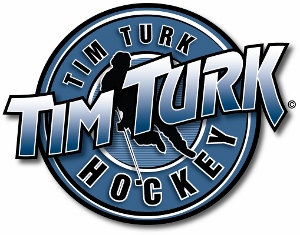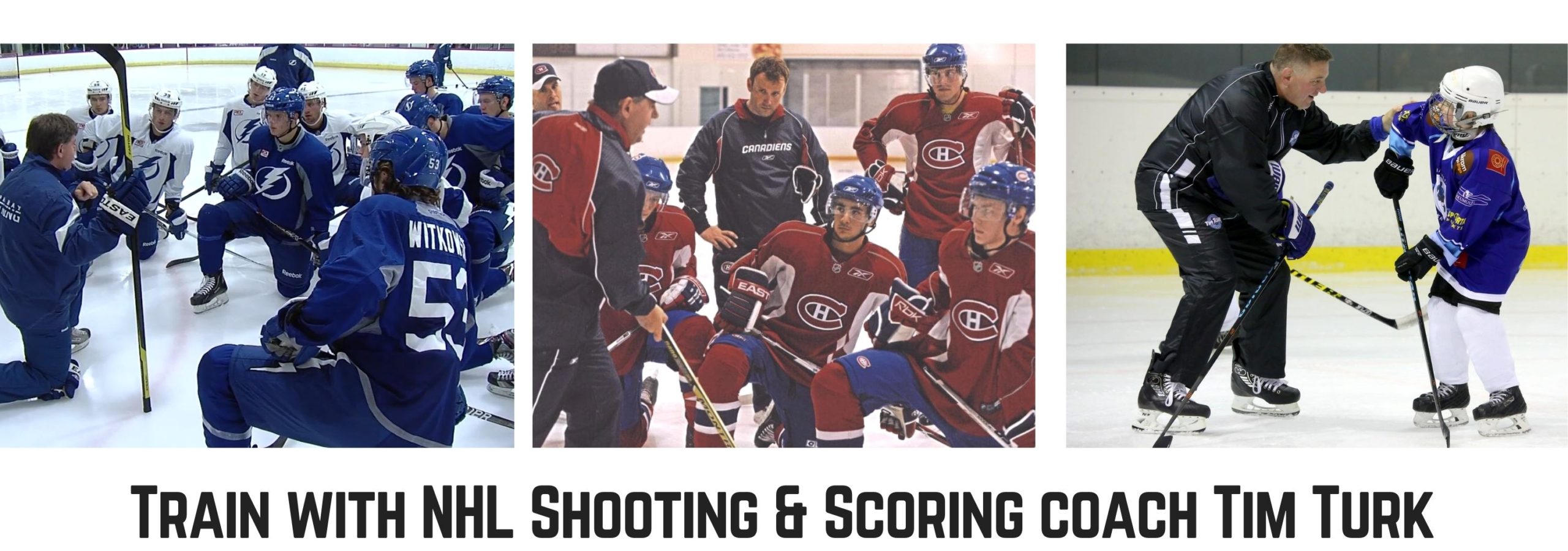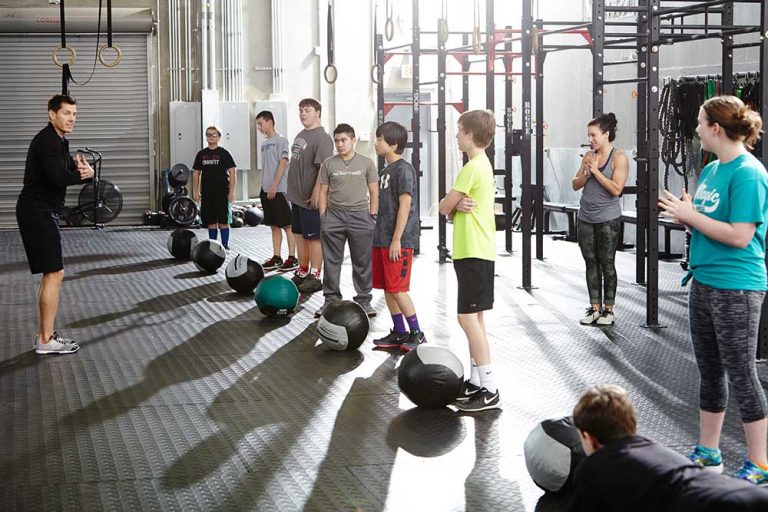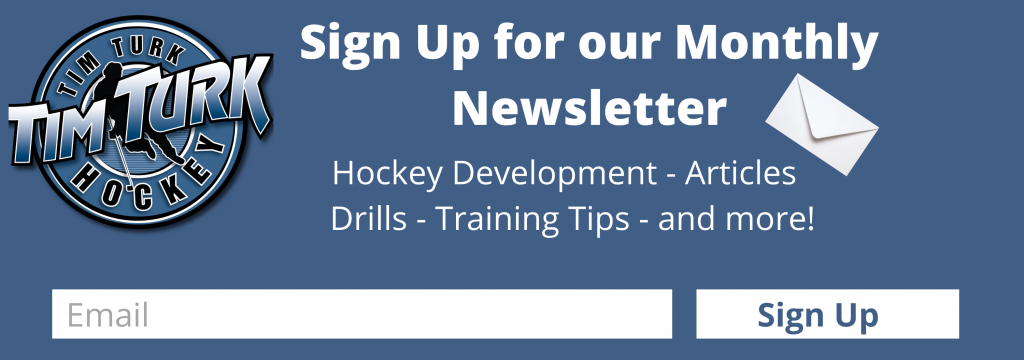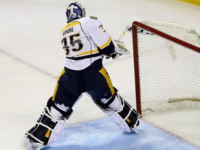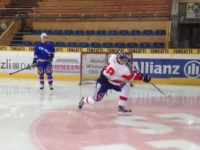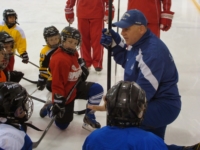One part of becoming more serious about a sport is to engage in additional training. Any player with professional hockey in their sights will work harder at practices and listen more intently to their coach. Some will also recognize that eating healthy is a huge part of success in sport, and they will improve their diet. However, one of the most crucial aspects of developing the lifestyle of a professional hockey player is to train at home; work on your skills off the ice.
If you are a minor hockey player looking to take your hockey career seriously, here is why off-ice training is critical, and an idea of what you can do at home to train like a pro.
Why Off-Ice Training is Important
1. Develop Hockey Skills Faster
The most obvious reason that off-ice interval training is important is that you will develop your hockey skills that much faster. Let’s say you have one game a week and one or two practices a week, which is typical of a minor hockey team. In that case, you’re working on your hockey skills 2 -3 times per week. But imagine if four of the other days you did off-ice training at home. Then, you’d have 6 days every week where you worked on hockey. You’ll notice much faster improvement, which will likely start paying off on the ice.
2. It Conditions your Body
Do you ever find that you burn out during your hockey practices or games, especially near the end? Yes, everyone gets tired after a lot of physical activity, but doing off-ice training throughout the week will boost your stamina and allow you to do more without getting tired! After a while, your body will become used to constant exercise and you’ll be able to push yourself harder and faster, and you won’t tire out as fast. It’s all a matter of putting in the extra work.
3. You’ll be Ahead of the Game
If you’re at the point where you want to start doing off-ice training to better your game, I can guess that most of the other players in your league aren’t. The benefit of doing off-ice training at a younger age is that many of your competitors haven’t reached the point where they want to be serious about hockey and aren’t working on their skills outside the rink. You can rest happy knowing you’re working harder than your competition and working towards your goals.
4. It Becomes a Habit
All professional hockey players today do plenty of off-ice training. If becoming a professional player is a goal of yours, then it’s an great idea to start getting used to off-ice training right away. That way, it will become a habit for you, so it’ll be easier to continue doing, as you go further with your hockey career.
Sample Exercises
The main point of doing off-ice exercises is to work on the areas you’ll need to use in a typical hockey game. Here are the most important abilities you need to be successful on the ice, along with some ways you can improve them at home:
1. Strength
A lot of the strength you apply in hockey games is explosive strength, where you move at high intensity for a short time and then have a recovery period. If you have access to a weight room, then exercises with greater weight with lower repetitions are excellent for hockey strength training. As well, throwing a medicine ball can be very helpful in training burst strength. If you have no equipment, then simple sets of exercises like push-ups and squats is sufficient.
The core is also crucial for hockey players because it coordinates quick movement. Any fast change in movement direction is conducted by your core. Helpful core exercises include front and side planks, crunches, and medicine ball throws as well.
2. Speed
Speed is one of the most important aspects of hockey. You often need to be able to skate the length of the rink to help defend or get to the puck as fast as possible. Fortunately, developing your speed often goes along with working on other important hockey skills. Variations of sprinting, jumping and medicine ball throwing all contribute to improving your speed.
3. Stamina
The best way to develop stamina is through interval training: exercises that involve short bursts of energy followed by a recovery period. One exercise that accomplishes this is doing sprints, which is running at full speed for about half a minute and then walking for a few minutes to cool down and repeating that. You can also do the same thing on a stationary bike or a rowing machine; just go high-intensity for half a minute followed by a couple minutes of cool-down.
4. Flexibility
Simply doing static (stationary) and dynamic (moving) stretches will increase your flexibility. Even before practices and games, you should make it a habit to stretch. The great thing about stretching is that it’s very easy to do off-ice anywhere you have the time, because it requires little to no equipment. There are plenty of resources online that will give you specific stretching plans which are excellent for hockey players.
5. Body Coordination
Hockey is a very challenging sport, in that your body is doing many things at once. You need to be surveying the whole ice, keeping track of a small, fast puck while your arms work your hockey stick and your legs skate you around. Because of this, working on body coordination off the ice is very important.
Any exercise where you’re performing multiple different motions at the same time is great for coordination. For example, you can throw a medicine ball at a wall while doing squats.
Clearly, off-ice hockey training is necessary for anyone interested in becoming a pro hockey player. If you start doing it at a younger age, it will become a habit and will eventually make you a stand-out player in your league. Plus, you’ll be cultivating your hockey skills and conditioning your body to be able to take on a greater level of hockey as you mature. So, you know why it’s important, and we’ve even provided some ideas for what you can do at home to train for hockey. What are you waiting for? Start your off-ice training today!
